This resource gives states a framework for moving forward with modernizing public program enrollment technology in a manner that improves the consumer experience, promotes systems integration, and complies with the Medicaid Information Technology Architecture (MITA) Framework. In line with MITA, the core requirements laid out in this resource would improve Medicaid and CHIP performance through systems changes that enhance program automation, standardization, and interoperability.
This E-Health Snapshot provides an overview of the health information technology provisions in the American Recovery and Reinvestment Act of 2009 (ARRA) that have direct implications for Medicaid.
This brief discusses lessons learned from early state cross-program enrollment efforts that can inform future Express Lane Eligibility efforts.
This document tells the history of Express Lane Eligibility. It profiles the role that the California Express Enrollment initiative played in this model for change, which starts with research, uses pilots to test a concept, evaluates those pilots, and proposes policy based on that evaluation.
This research and policy initiative, a joint project of The Children’s Partnership and the Public Health Institute/Center for Innovation and Technology in Public Health (CITPH) (formerly HealthTech), was designed to assess how information and communication technology can improve children’s health and to support planning to ensure that the most promising technologies are effectively deployed. Based on our research, forecasting, and the convening of an Expert Panel, the following resources were developed:
- Executive Brief
- Forecast Points
- Key Trends and Policy Opportunities
- Expert Panel Summary
- Children’s Health Background Data
- Innovative Children’s Health and Technology Program Summaries
- Technology Profiles:
This program brief describes the School2Home vision, identifies the targeted schools and describes the outcomes the program might expect to achieve based on research from around the country.
This report is an overview of state activity that highlights how HIT solutions in Medicaid and in the State Children’s Health Insurance Program (SCHIP) are being used to improve care for America’s children.
Download the Executive Summary
Download the CMS Report on Early Lessons from Medicaid Transformation Grants
This issue brief describes how Electronic Record Systems (ERS) – electronic health records, personal health records, and similar technology solutions that facilitate the management, sharing, and use of information – can benefit children in foster care, and the systems that serve them. The brief profiles state and local ERS efforts for the foster care population, highlighting early evidence of the efforts’ impact and outlining lessons- learned. It also provides recommendations for actions to expand the reach of ERSs to benefit greater numbers of children in foster care and, potentially, other children and families.
This fact sheet, authored by The Children’s Partnership with sign-on by California stakeholders, calls or a strong and early reauthorization of the State Children’s Health Insurance Program.
This fact sheet provides information on how technology can help the Express Lane Eligibility effort, including examples of how states have begun to deploy it in other contexts.
